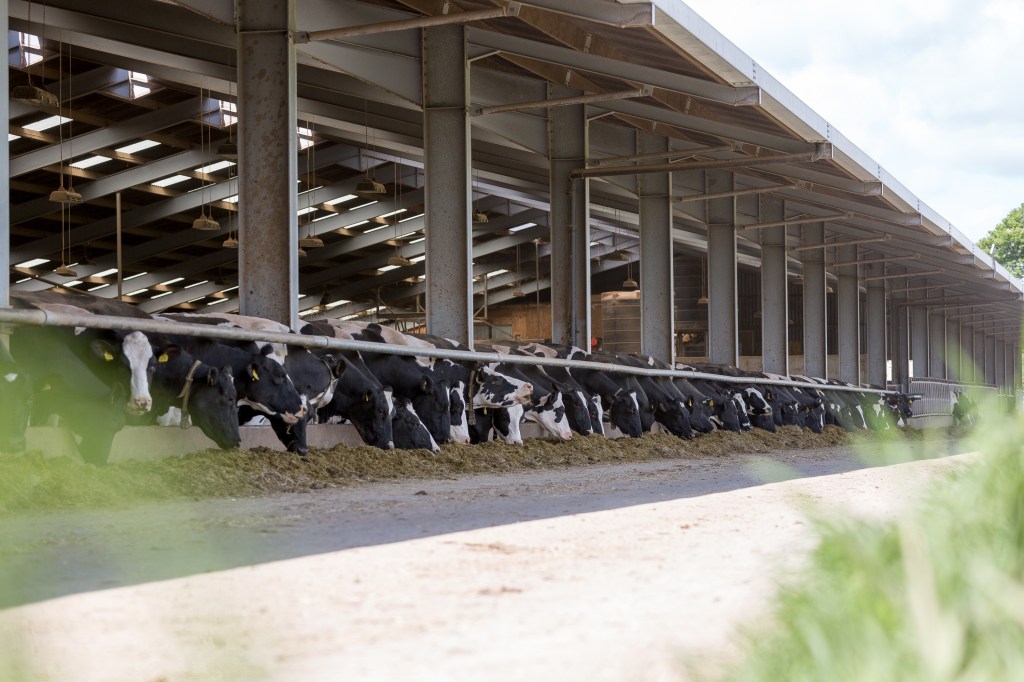Jon Mouncey, Genus ABS Technical Services Veterinary Consultant, March 2020
Tighter margins on many dairy farms makes it as important as ever for producers to ensure their herd management continues to ensure their herd is the best it can be. In this article we explore 5 key areas dairy producers should consider in today’s market:
1. Can more be gained from better reproductive efficiency in my herd? Many dairies consistently achieve 21 day pregnancy rates of 24% or higher. Comparing this to what was considered a goal in recent years of 20%, there is significant revenue to be gained. Even at 23ppl, a 250 cow dairy stands to gain £15,000/year if they can improve 21 day pregnancy rates from 20% to 25%. Obviously, additional expenses needed to make improvements to achieve this must be deducted from this figure. Now is a good time to evaluate all aspects of your reproduction program e.g. timing of 1st insemination, success of hormonal intervention strategies and frequency of routine fertility visits.
2. Are there cows not paying their way within my herd? It is important to analyse herds individually, however on each farm, every cow space in the herd should be treated as a separate business unit. Dairy farmers should consider how profitable every cow place should be on their own unit and those cows not generating enough revenue to cover their variable feed and labour costs should have a “rapid career change”. Make a decision to either dry them off or potentially remove them from the herd and decide if they actually require a replacement to take their place. It is not unusual in overstocked pens to remove low profit cows and find little to no change in overall milk yield because of better overall performance of the remaining cows. If housed buildings are understocked, consider if culling can be better controlled or if heifer rearing can be improved to ensure housing is at the optimal capacity.
3. Are replacement heifers taking longer to raise than necessary and are there too many within my own heifer rearing plan? Many herds still average 26-27 months of age or higher at first calving, despite years of research and practical herd experience suggesting that herds can grow heifers well and calve them at 22-23 months of age. Reassessing heifer rearing practices and numbers of heifers within the dairy system can significantly reduce costs of rearing, in terms of feed requirements and buildings/labour costs. But the quality of the heifer reared should also be assessed. The lactational milk yield of first lactation animals should achieve 82-85% of mature cows. Cull and death rates of first lactation animals should also be reviewed as poor heifer quality can drive high herd exits in first lactation resulting in large economic loss, that can often go unrealised.
4. How many cows are lost in the first 2 months after calving on my farm? Approximately 45% of cows go through the first 30 days in milk sustaining a damaging transition event such as metritis, milk fever, difficult calving, mastitis, ketosis etc. This can result in a significant proportion of the herd leaving within the first 60 days in milk, representing a large economic loss. Targeting 5% or less leaving the herd in the first 60 days in milk is achievable. Ration formulation is not often the issue in many instances but rather due to implementation of the ration e.g. long chop length of straw, inaccurate weighing of ingredients or not accounting for dry matter changes in forages. Overcrowding in the transition or freshly calved pen is not uncommon, with recent data suggesting that cows in herds with less than 75cm in the transition pen are at 40% greater risk of leaving the herd in the first 30 days in milk. Check your predicted calving profile to identify periods of risk.
5. Am I maximising my milk cheque through milk quality? Although milk yield is a key driver for overall fat and protein yield., component percentages are also important. Within Holstein herds, there is likely opportunity to improve if herd level butterfat is less than 3.7% and protein less than 3.0%. Low milk fat suggests passage from the rumen of unique unsaturated fatty acids that directly inhibit milk fat synthesis which may allow opportunities to investigate ration formulation or a review of ration implementation. There may be opportunities to review the use of blended proteins or protected amino acids if milk protein percentage is low as this indicates rumen fermentation and microbial protein synthesis is not likely maximised. Review if you are losing out on milk quality premiums because of milking routine, or parlour issues, or a few high SCC cows that are elevating the entire tank. Ensure protocols that you have invested in and developed over time are still appropriate, creating positive returns and haven’t drifted over time.
Take the opportunity to spend time reviewing these factors with your nutritional, veterinary and breeding advisors in the next month to identify areas of for optimising your dairy.






